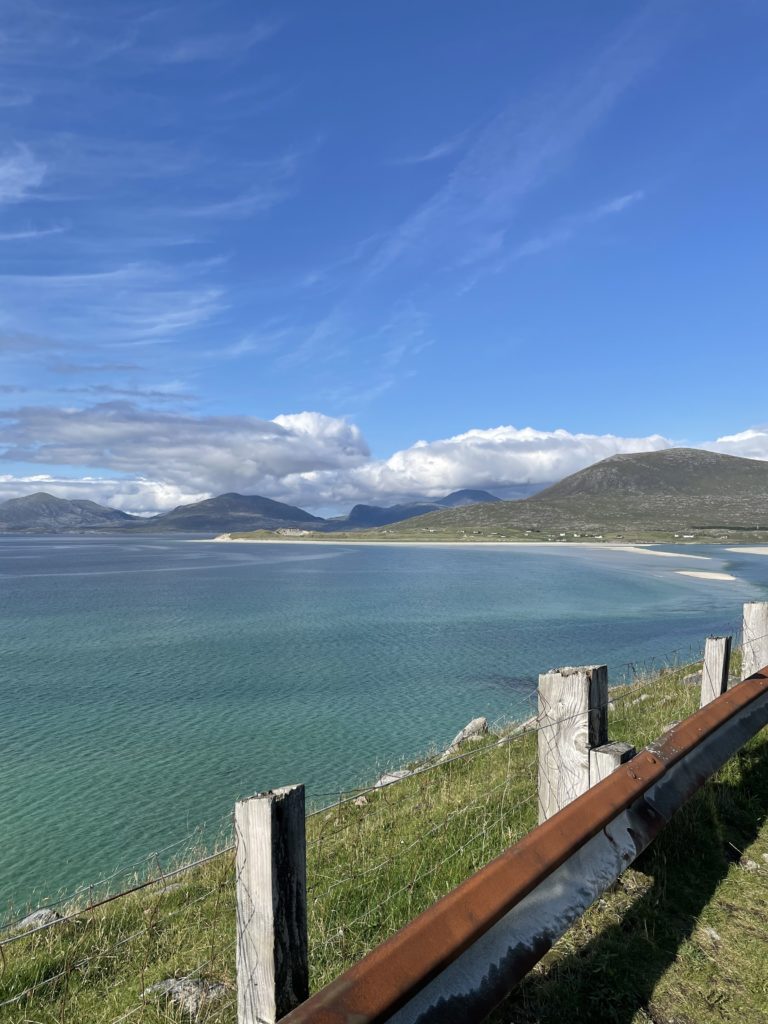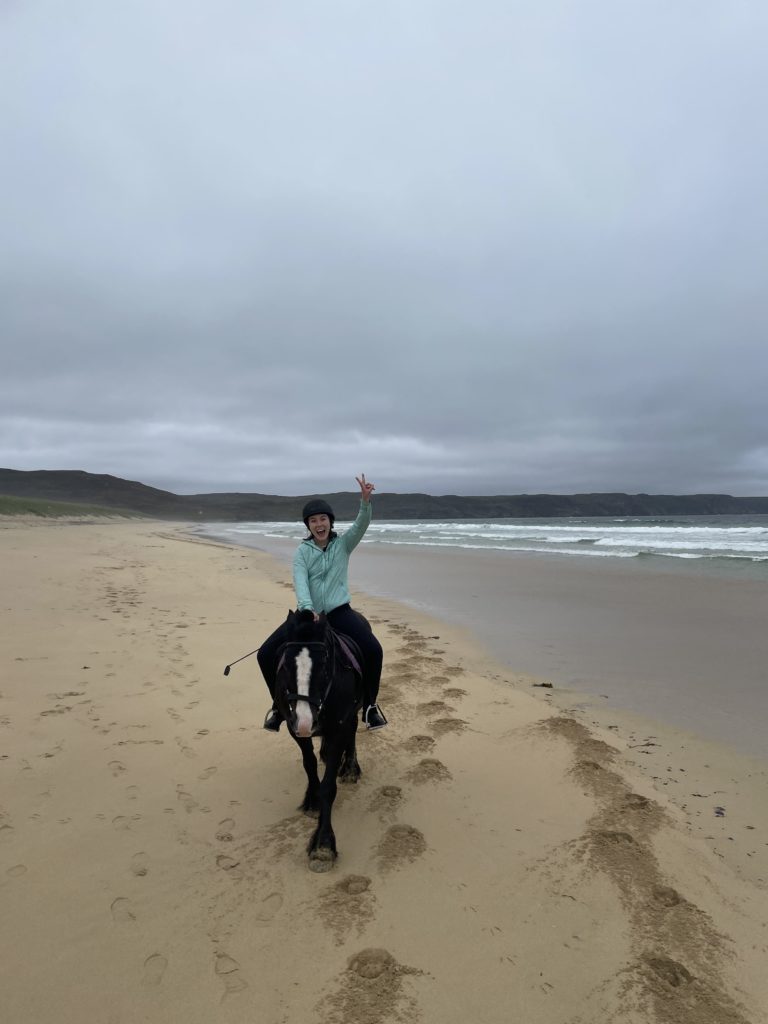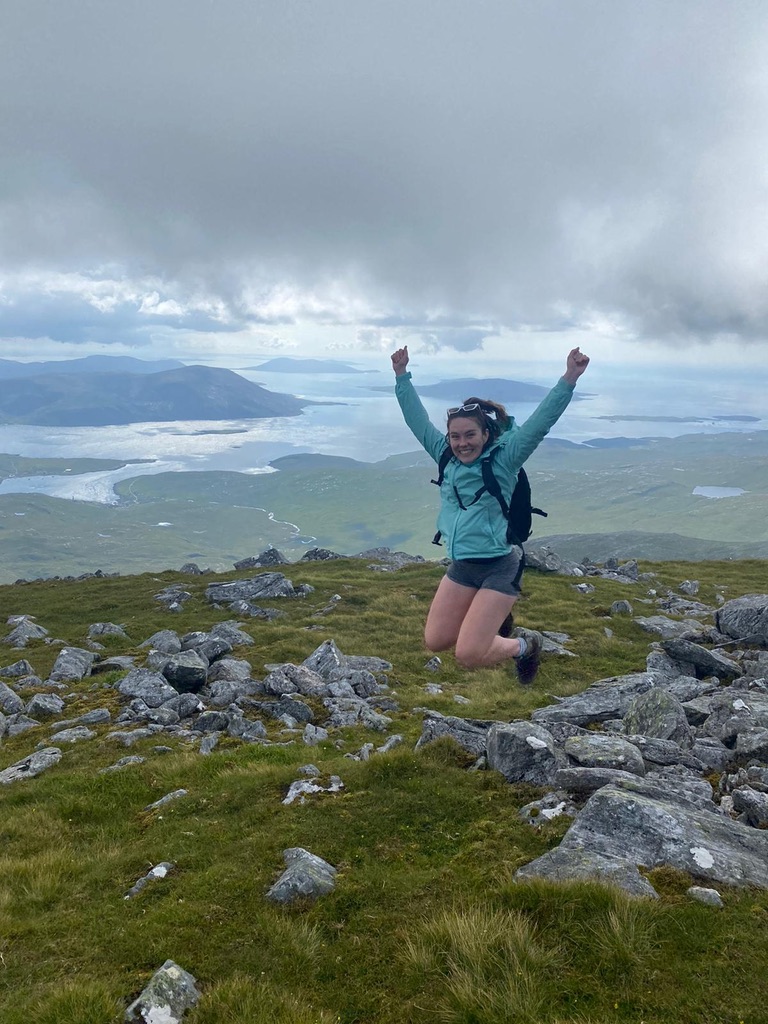
The Western Isles hold some of the most beautiful and untouched scenery Scotland has to offer. From the sprawling white beaches to the ragged hilly landscapes, it is rich with unparalleled beauty and photographic potential.
I was lucky enough to spend my first block of FY1 (Foundation Year 1) working in the Western Isles Hospital (WIH). The hospital is bigger than one might imagine, yet definitely a small hospital by general standards. It has one inpatient surgical ward, one day surgery unit, a maternity unit, two medical wards, a Covid ward, a psych ward and a day hospital unit. Additionally, there is a clinic area, two theatres, a four-bed A&E unit and a respiratory assessment unit.
The hospital is largely run by a group of CSNs (Clinical Support Nurses), who are some of the most kind, caring and skilled individuals I have ever had the pleasure of working with to this day. The number of doctors depends on the rota for each block but during my time we had two FY1s, four FY2s, one CT1 (surgical core trainee), one IMT1 (internal medicine trainee), two CDFs (clinical development fellows) and two GPSTs (general practice speciality trainees), as well as locums who covered A&E and out-of-hours shifts. The various medical and surgical consultants rotated throughout the block.
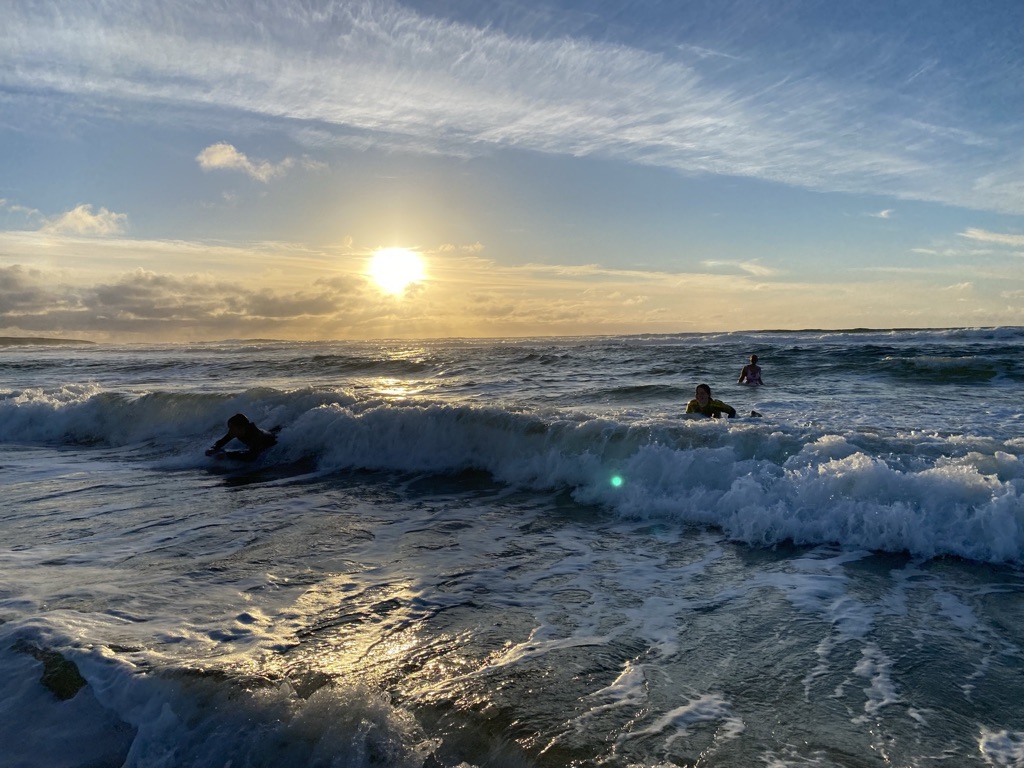
The rota was great, with no night shifts, occasional weekends and only one or two long days each week. The standard working day was from 8am-4pm and the rota coordinator was flexible with annual leave requests and swaps.
As the surgical FY1, I worked mainly alongside the surgical CT1 and the consultant. The obstetrics & gynaecology and orthopaedics FY2s also worked closely with our team, and as juniors, we often banded together to help each other out. I felt very well-supported throughout this block, as my colleagues and seniors were also my closest friends on the island, and there was a strong team-minded attitude among all staff. The CSNs were also incredibly valuable as support, both on a clinical and a personal level. On the wards, the nurses (aside from having great chat) were incredibly competent and experienced, and the effort you put into your team in the WIH easily came back tenfold.
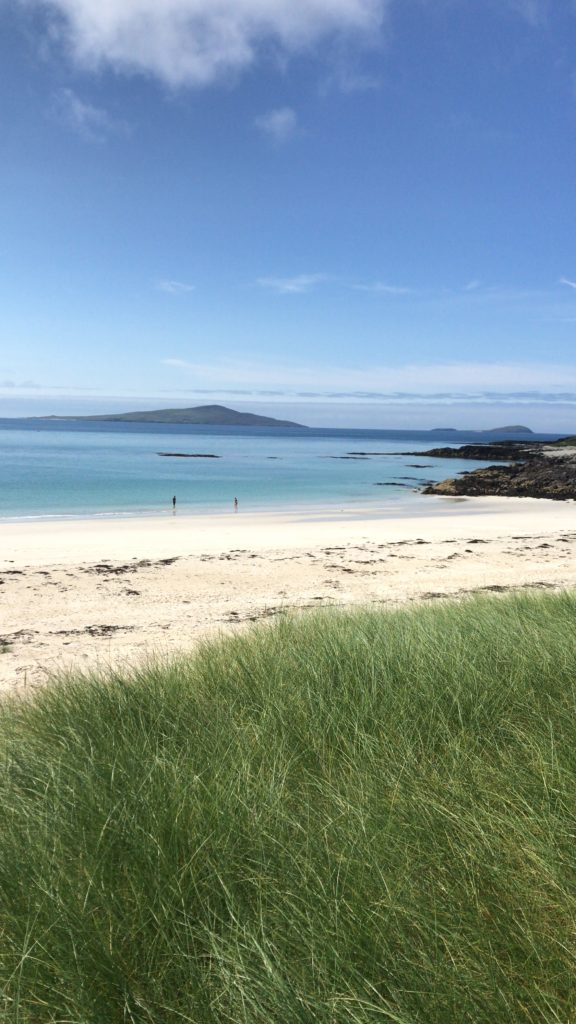
My day-to-day work ranged from very quiet days (including one where we had just one general surgery patient on our handover sheet) to much busier shifts with very serious acute emergencies and patients having to be flown off the island by the emergency medical retrieval service after having their initial management started in WIH. Every day provided the opportunity to volunteer to be part of the cardiac arrest team which, although thankfully rarely required, was a great learning opportunity.
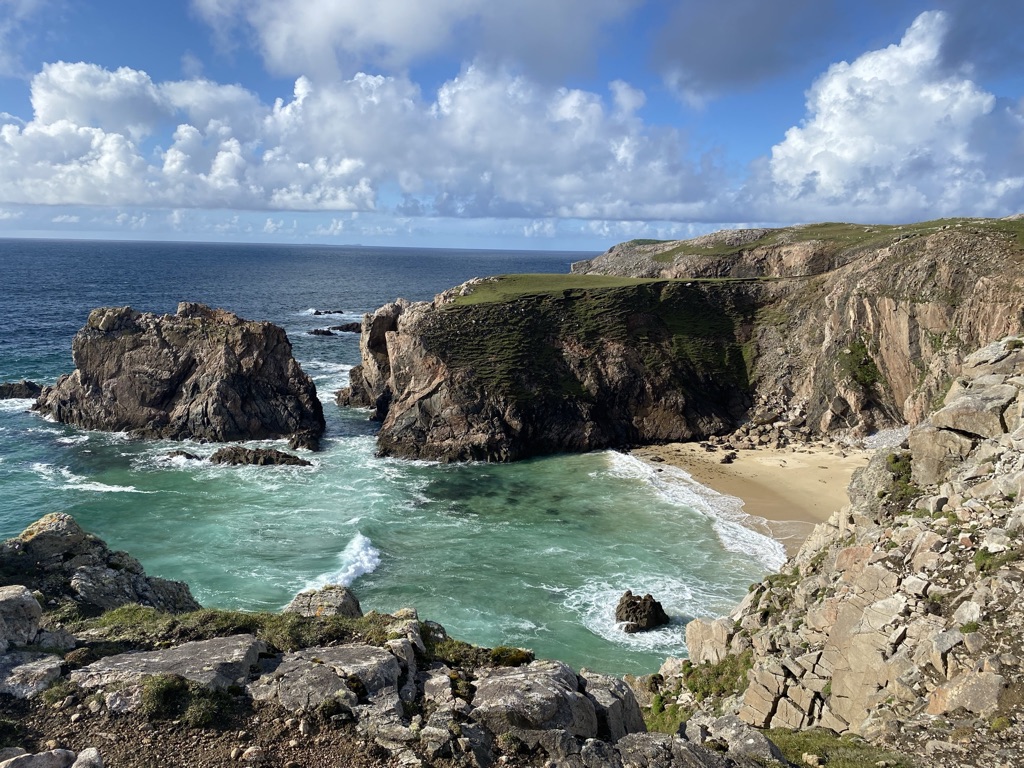
There was a massive drive for teaching in the WIH, and the medical education coordinator ensured that my Turas portfolio had ample opportunity to be crammed full of teaching hours. This included formal courses such as Advanced Paediatric Life Support, but also lunchtime teaching by fellow juniors and consultant-led teaching as well. For the more surgically-minded individuals, there was also frequently time to attend theatre.
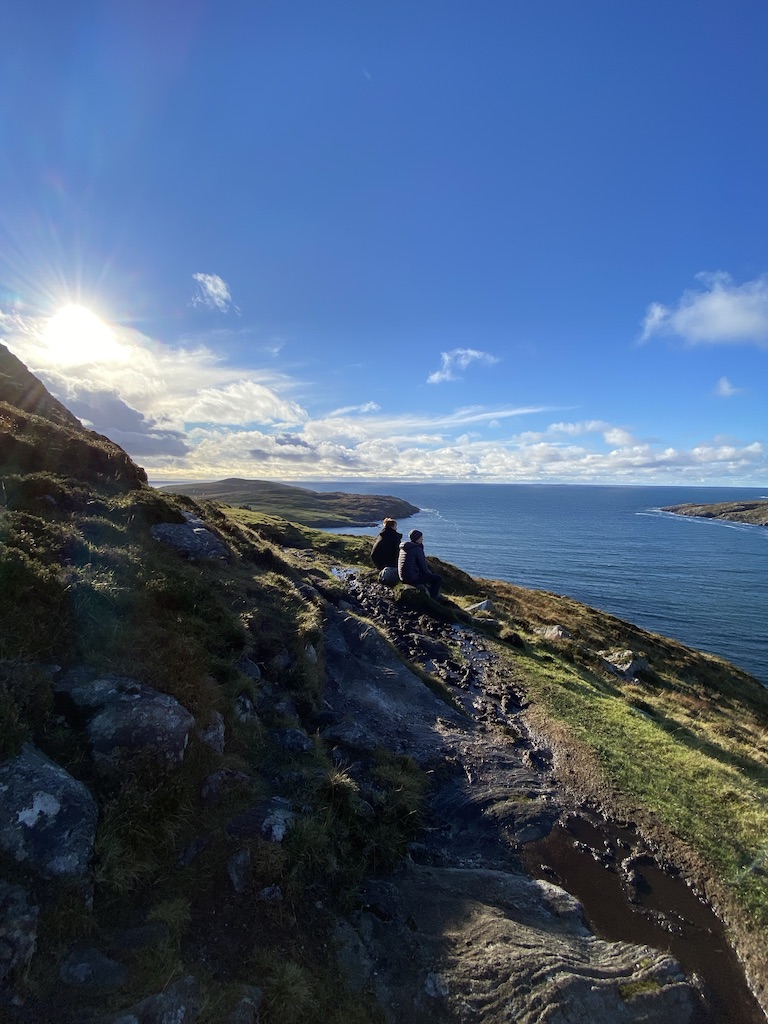
Also worth noting is that the cafeteria in the hospital was very good value and always had great scran to offer (although some colleagues noted that vegetarians were less well catered for). The doctor/CSN staffroom had an abundance of snacks, tea, and coffee, as well as personal lockers where everyone’s scrubs were delivered to each morning.
In terms of the Isles of Lewis and Harris itself, I could write pages on how much there is to do and see. I left after four months with things leftover on my to-do list, and I’ll without a doubt be back to tick them off at some point.
There’s an abundance of touristy sources much better qualified for recommending things to do so I’ll leave you with only the following:
- My top three beaches: Huishnish (and its close-by secret beach), Seilebost and Tràigh na Cleavag
- My top three must-eats: Crust (order online in advance), Taste n’ Sea (try the fishbox or fish wrap) and Temple Harris
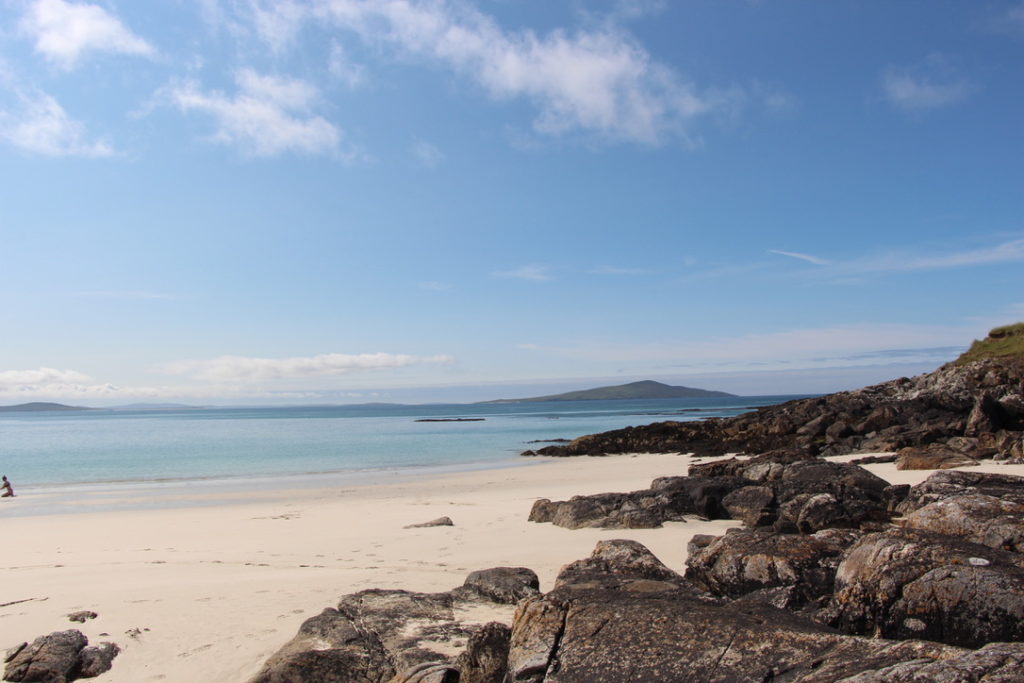
I genuinely loved my block working at this hospital, and I plan on going back to locum post-FY2. There were downsides to the remote and rural setting, but for me, the positives far outweighed these. If you find yourself working there, I hope you enjoy it as much as I did!
Dr Aliese Steinhart is a foundation doctor currently working within NHS Highland.
